What Is a Central Bank?
According to Investopedia, a central bank is a financial institution given privileged control over the production and distribution of money and credit for a nation or a group of nations.
In modern economies, the central bank is usually responsible for the formulation of monetary policy and the regulation of member banks.
Central banks are inherently non-market-based or even anti-competitive institutions. Although some are nationalized, many central banks are not government agencies, and so are often touted as being politically independent.
Central Banks are Protected by the Law
Even though central banks are not legally owned by the government, its privileges are established and protected by law.
The critical feature of a central bank—distinguishing it from other banks—is its legal monopoly status, which gives it the privilege to issue banknotes and cash. Private commercial banks are only permitted to issue demand liabilities, such as checking deposits.
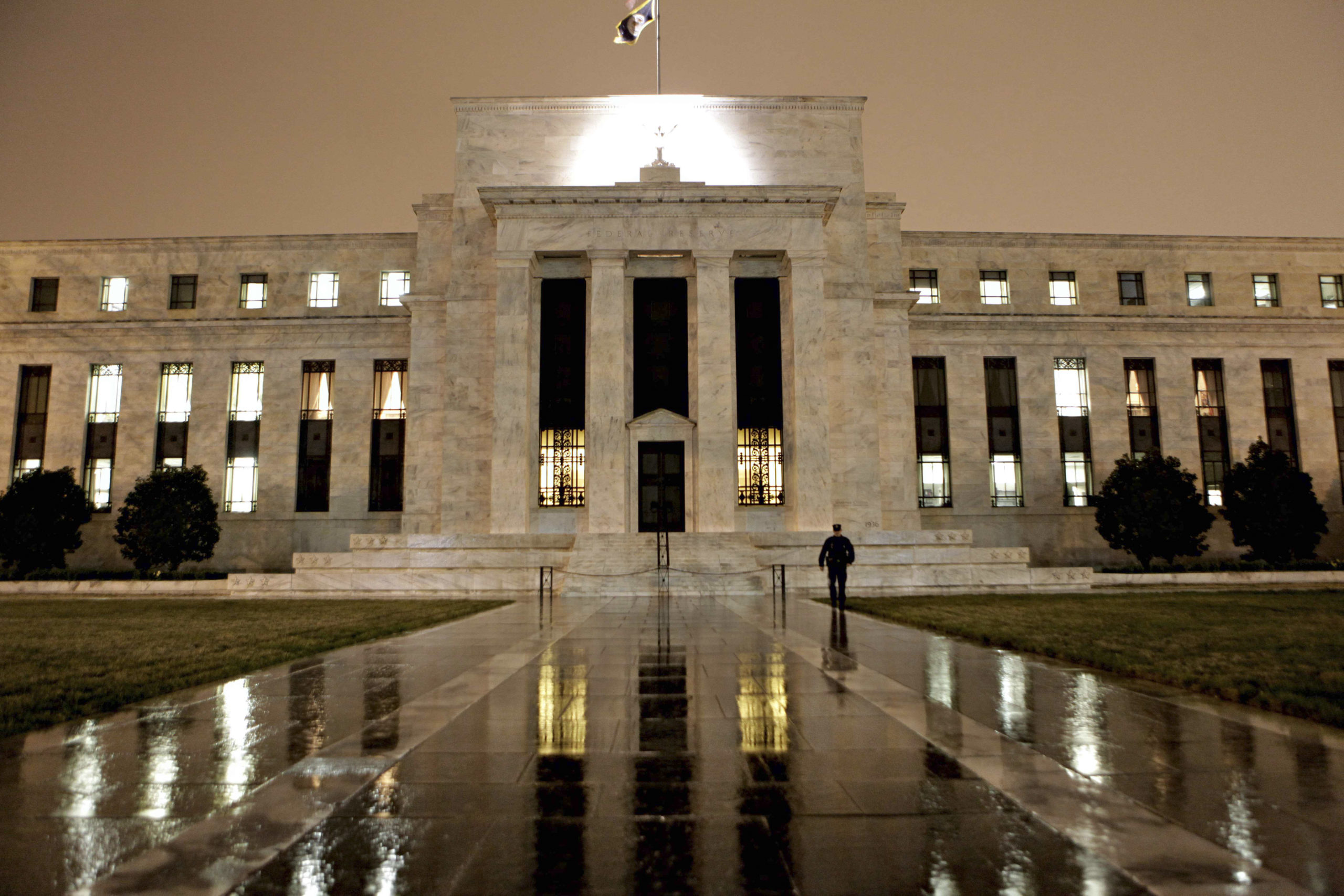
The U.S. Federal Reserve is one of the most powerful central banks in the world.
The Federal Reserve was created in 1913 by the Federal Reserve Act to serve as the nation’s central bank.
FederalReserve.gov?
According the Fed’s website, the Federal Reserve System is not “owned” by anyone.
The Board of Governors in Washington, D.C., is an agency of the federal government and reports to and is directly accountable to the Congress.
Other notable central banks include the Bank of England, the Bank of Japan, the Swiss National Bank, the Bank of Canada, and the Reserve Banks of Australia and New Zealand.
The European Central Bank oversees the policies of the eurozone.
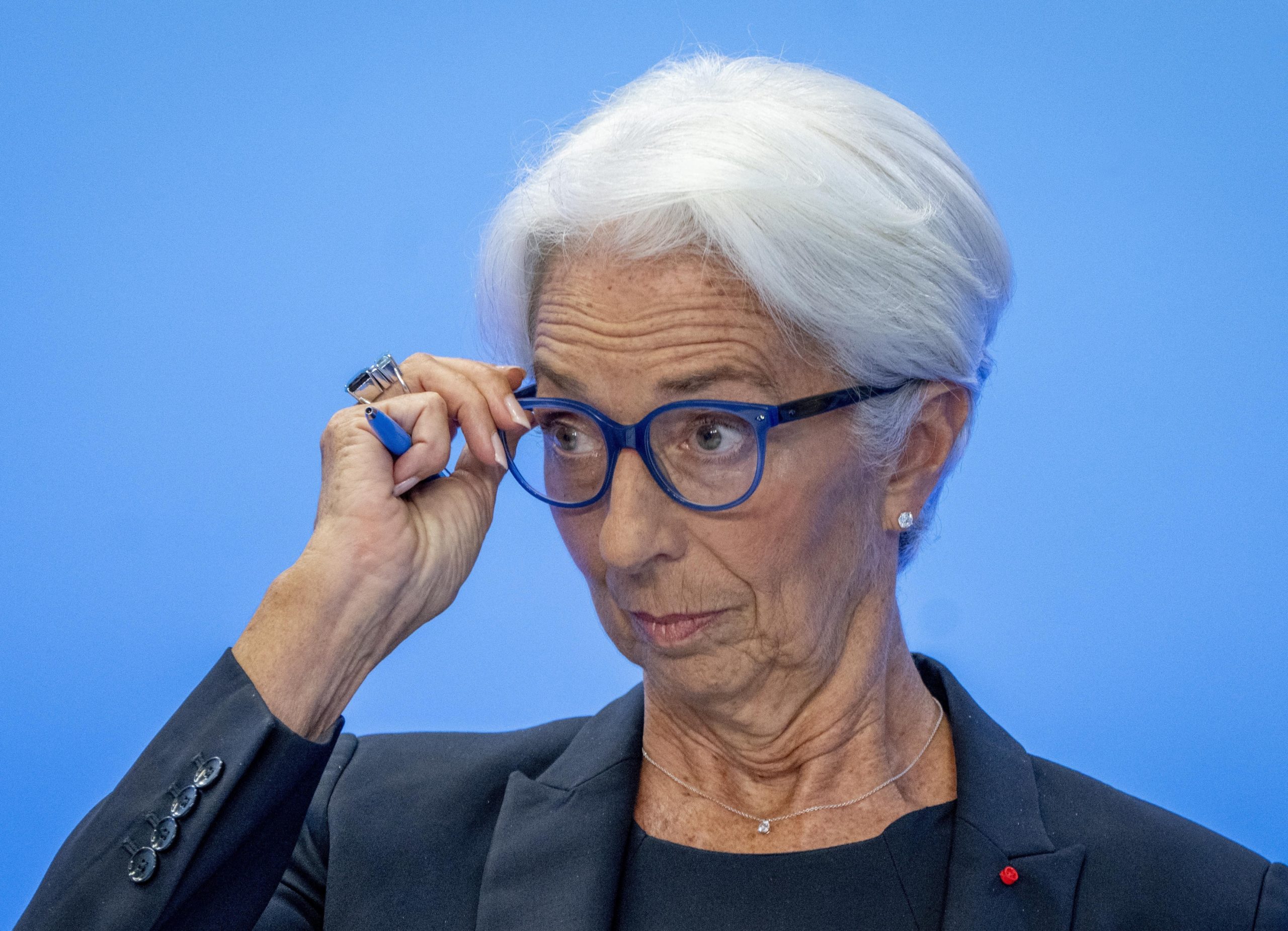
What Do Central Banks Do?
Although their responsibilities range widely, depending on their country, central banks’ duties (and the justification for their existence) usually fall into three areas.
Central banks control and manipulate the national money supply.
Central banks issue currency and set interest rates on loans and bonds.
Typically, central banks raise interest rates to slow growth and avoid inflation; they lower them to spur growth, industrial activity, and consumer spending. In this way, they manage monetary policy to guide the country’s economy and achieve economic goals, such as full employment.
They also regulate member banks through capital requirements, reserve requirements (which dictate how much banks can lend to customers, and how much cash they must keep on hand), and deposit guarantees, among other tools.
There is an inverse relationship between bonds and interest rates.
Central banks provide loans and services for a nation’s banks and its government and manage foreign exchange reserves.
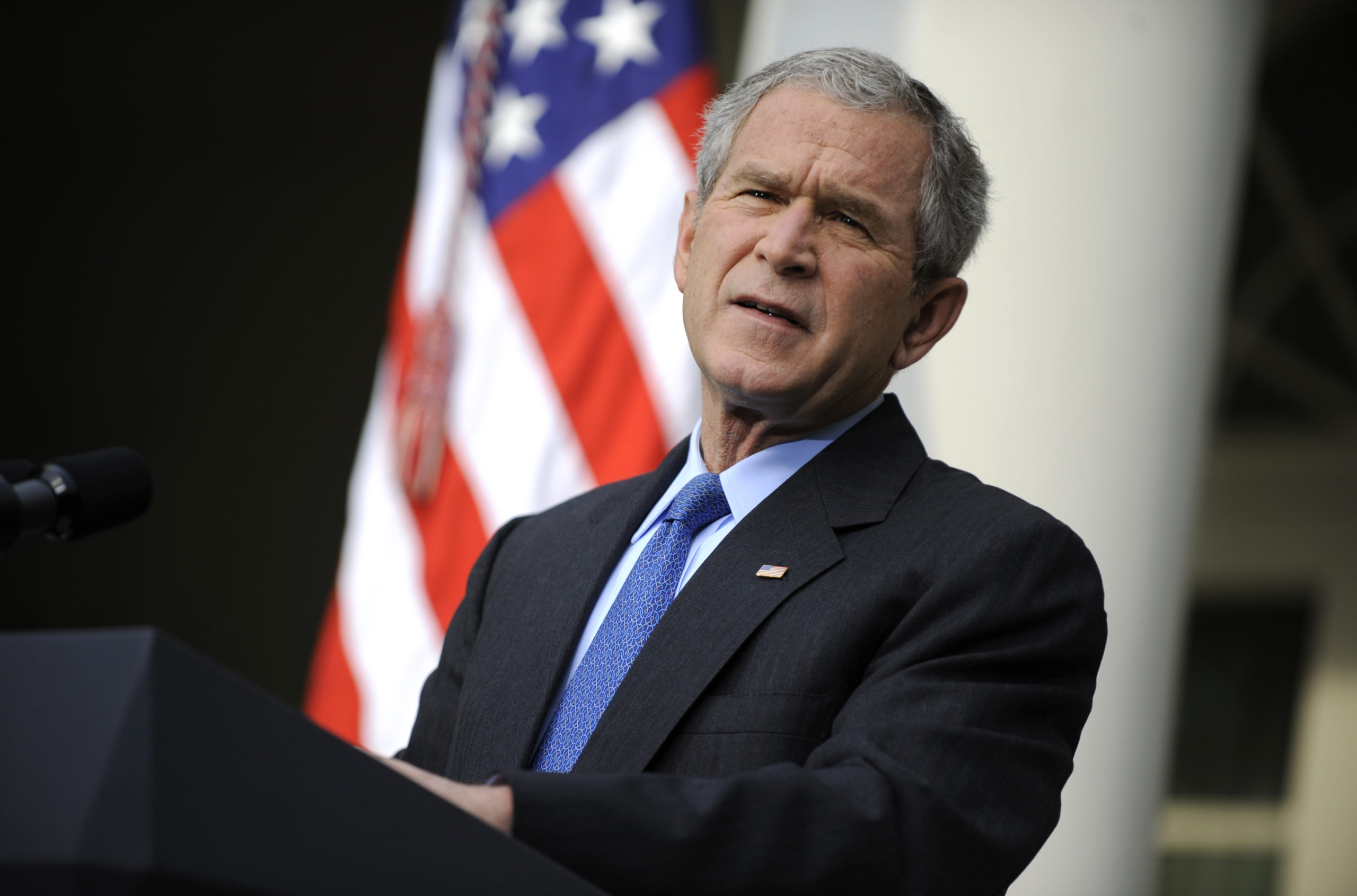
Finally, and most importantly, a central bank acts as an “emergency” lender to distressed commercial banks governments, and other institutions.
How Do Central Banks Make Money?
By purchasing government debt obligations, for example, the central bank provides a politically attractive alternative to taxation when a government needs to increase revenue.
In October 2008, Congress passed the Emergency Economic Stabilization Act, which authorized the Treasury Department to spend $700 billion to combat the financial crisis.
The Treasury has been distributing the money via an “alphabet soup” of different programs. Here’s a running tally of companies getting TARP funds.
As a result of giving out all these loans, the central banks make profits from the compounding interest they collect.
It’s very similar to how credit card companies make money.
Central banks bail out various organizations and institutions, in exchange for interest fees.
Now imagine how much interest they are collecting when they loans out TRILLIONS of dollars…
Checkout this list that showcases the TRILLIONS of dollars Central Banks have distributed to various institutions and organizations.
Some might argue that central banks are the most powerful institutions in the world.
READ MORE: WORLD WAR 3? Zelensky says, “Whole World is Responsible for War in Ukraine”
ABOUT THE WRITER:
Elena Patestas is a journalist and writer for Valuetainment media. She attended Pepperdine University in Malibu, California, and Adelphi University on Long Island, New York. She was born and raised in Roslyn, New York, and currently lives in Miami, Florida.
Elena is passionate about bringing positive change to our world and believes education is the root to solving many societal problems. After overcoming a chronic health condition, Elena became passionate about health and believes food is the key to preventing dis-ease and achieving optimum health.
Amongst her many goals, she hopes to bring positive, impactful change to our world to create a healthy, financially sound, and unified society.

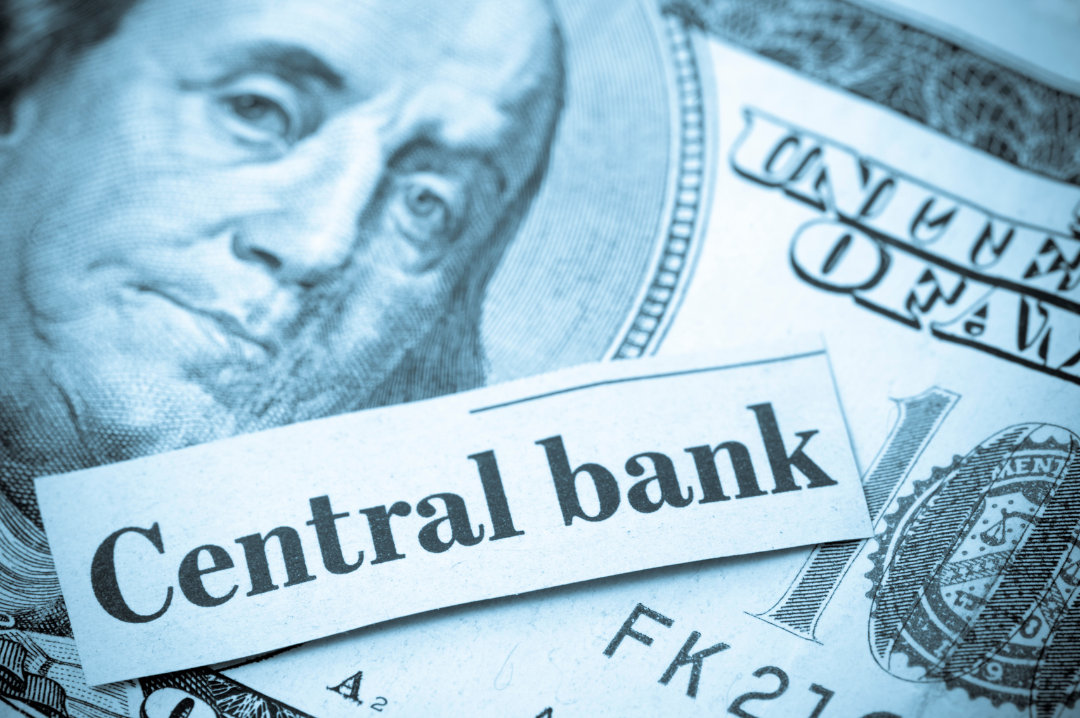
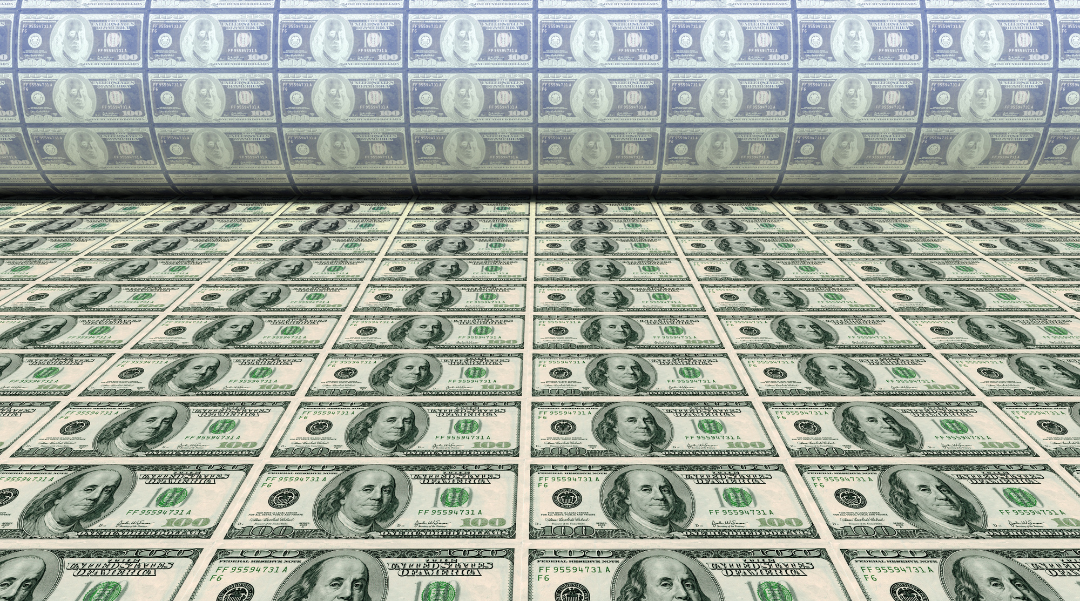
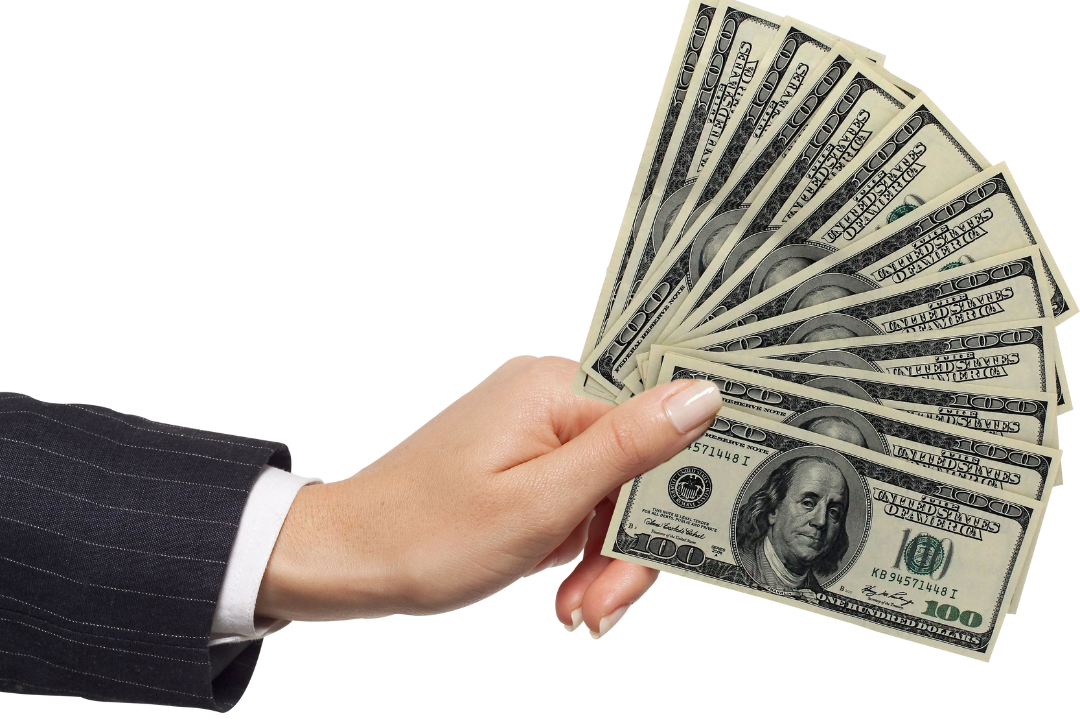


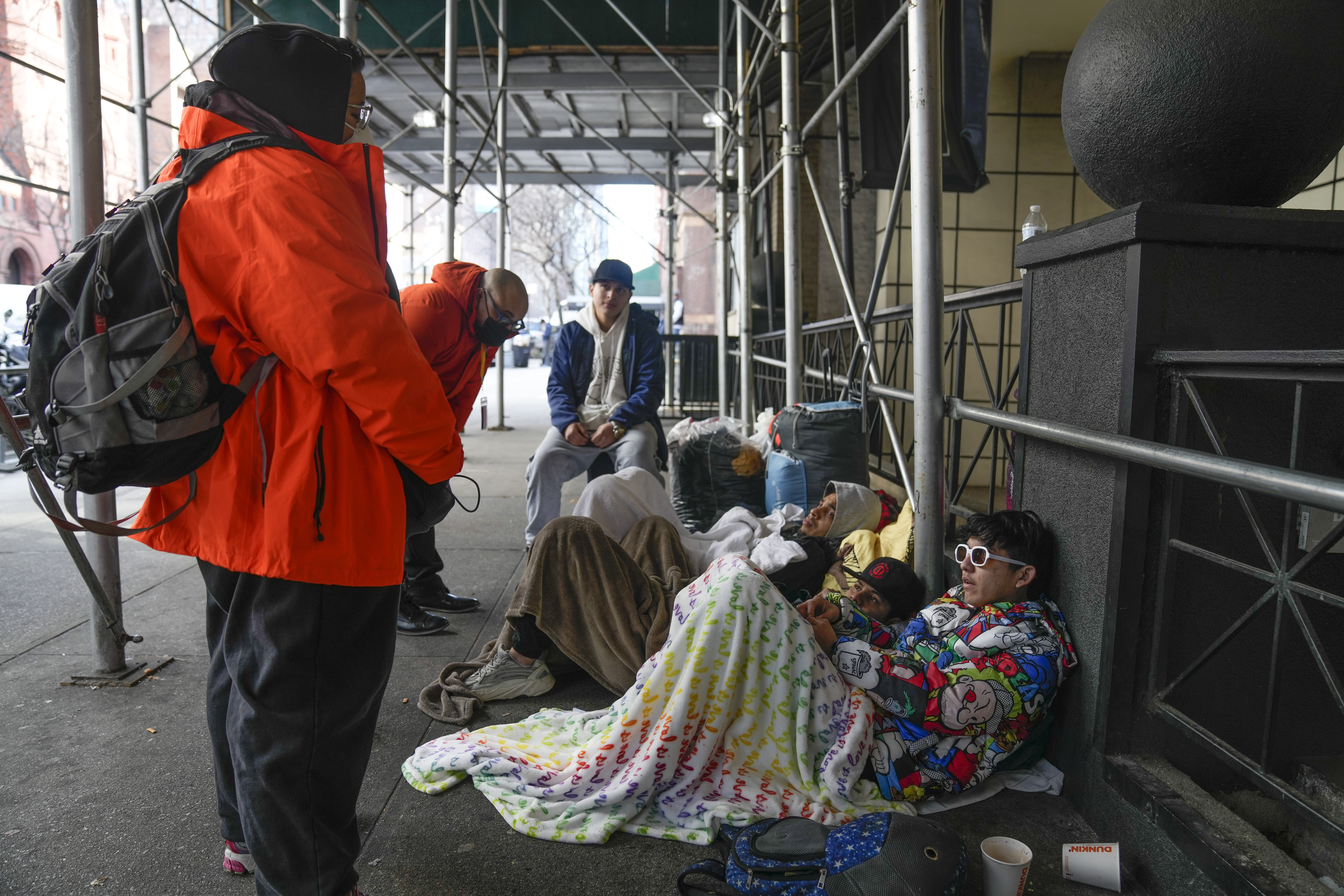

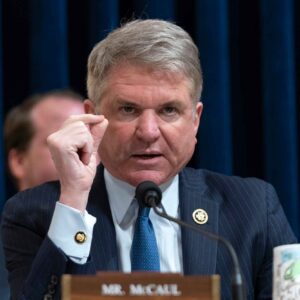


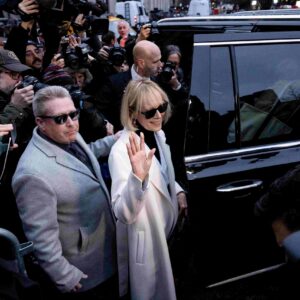








Add comment